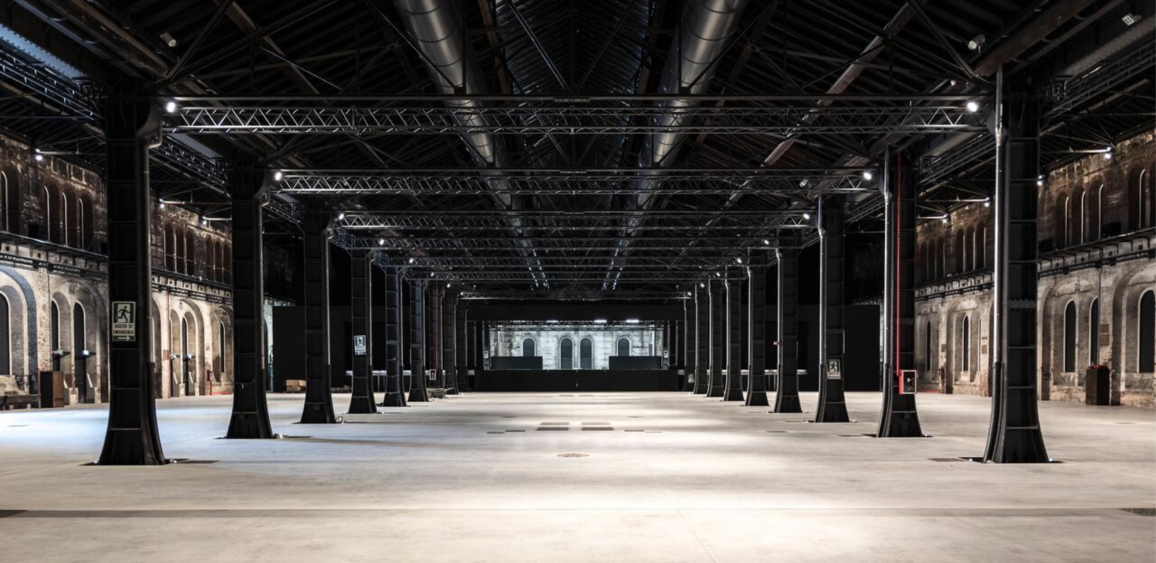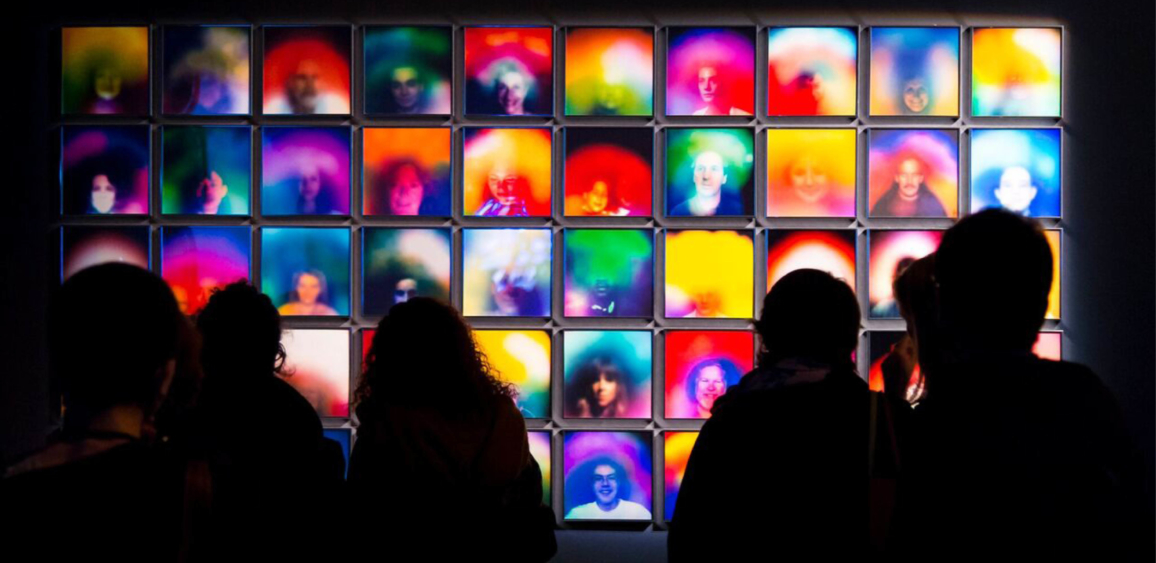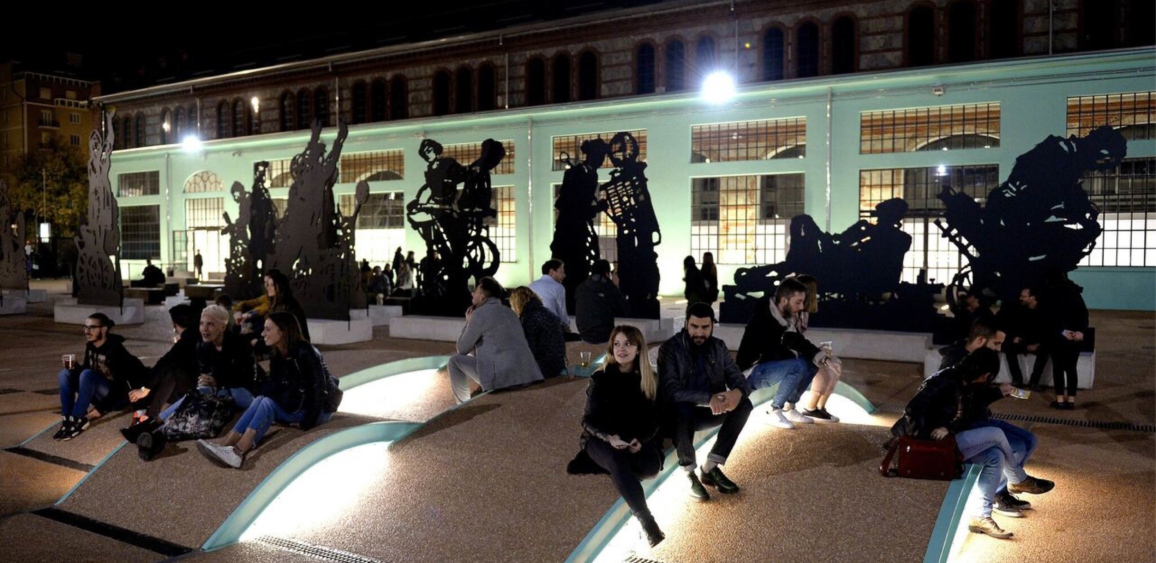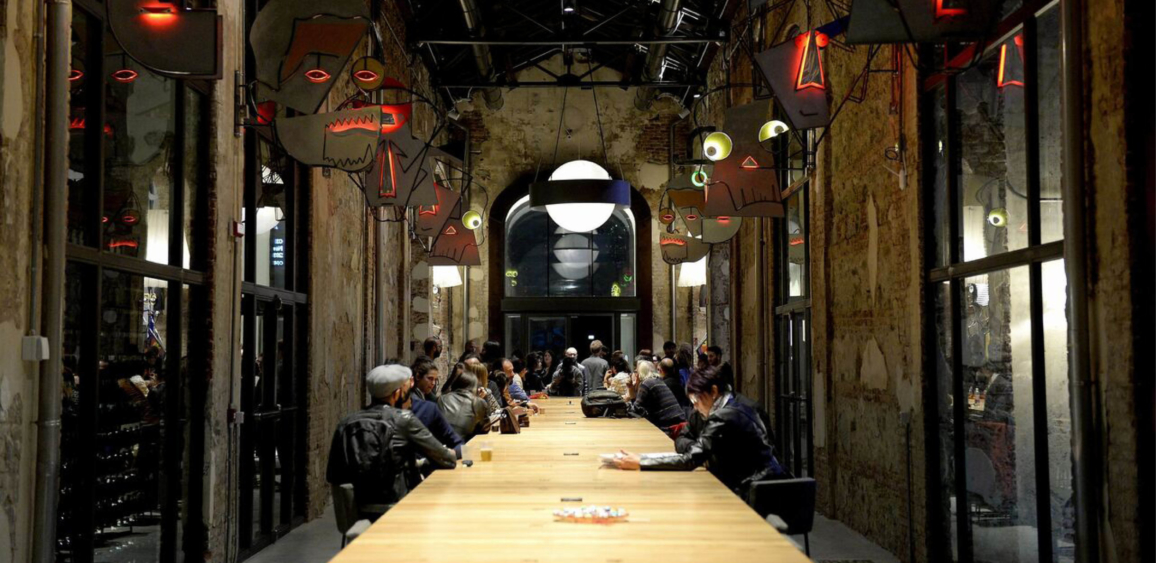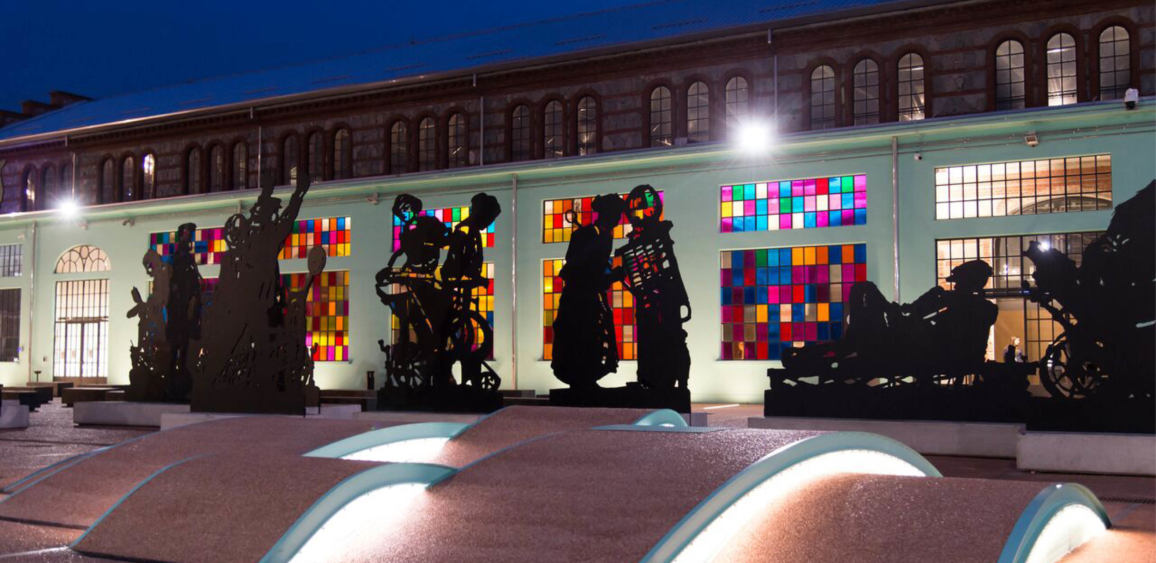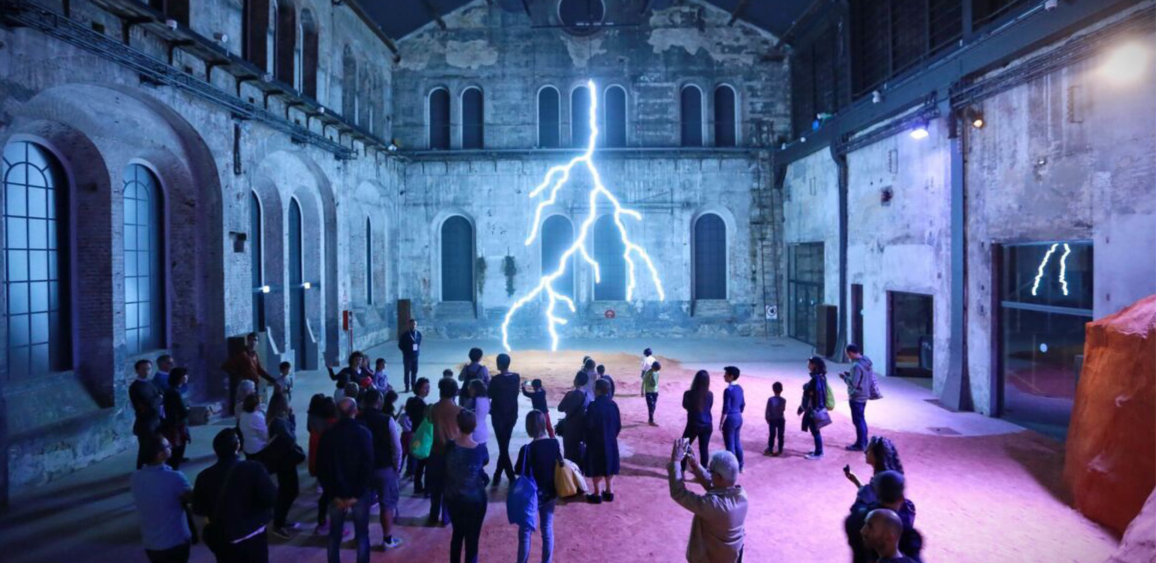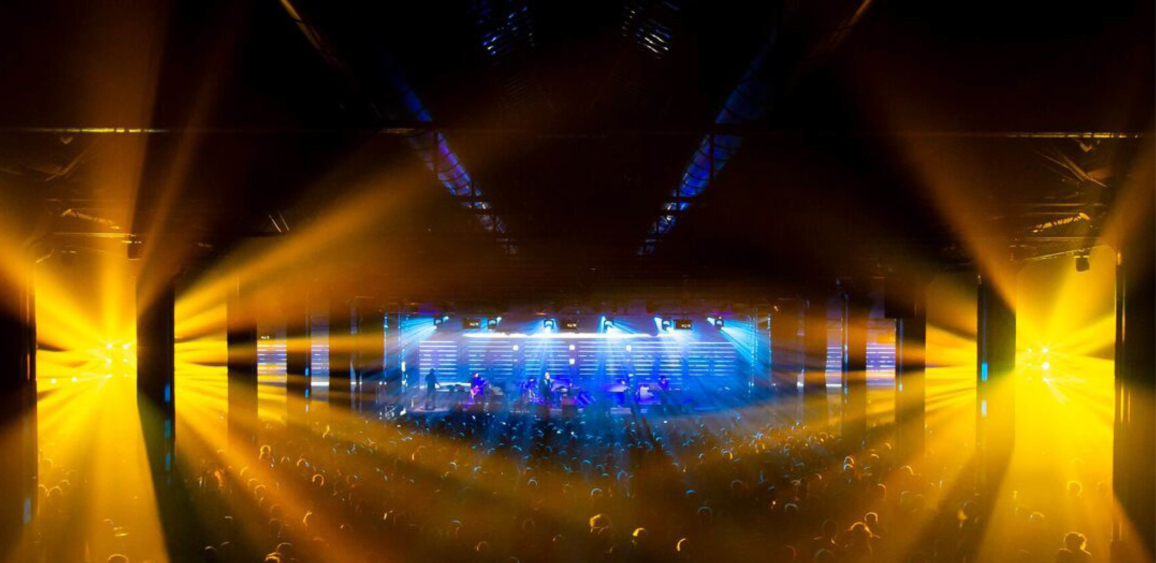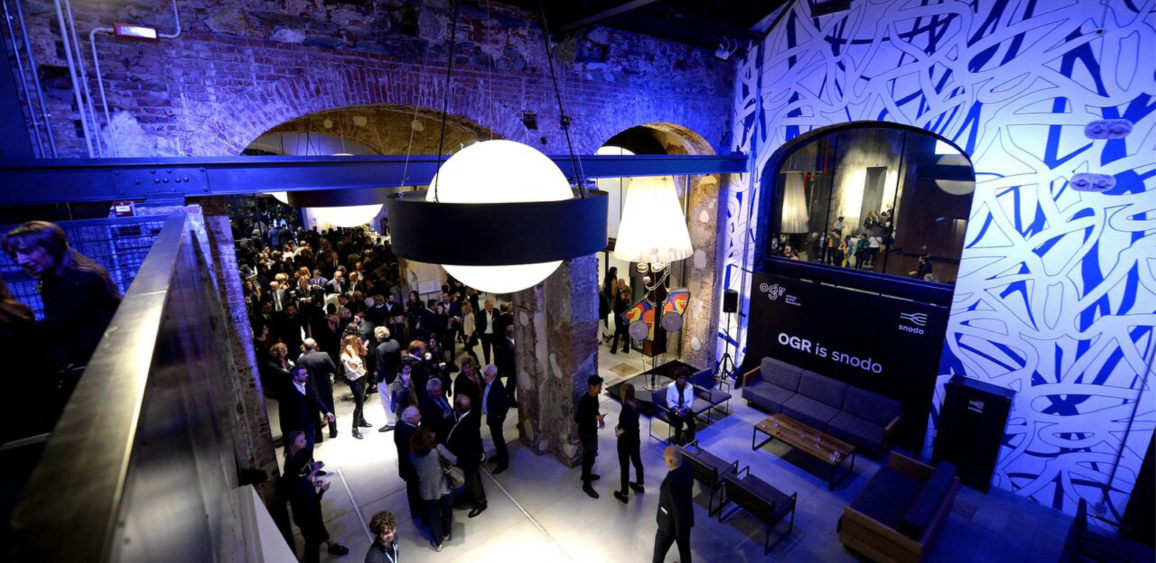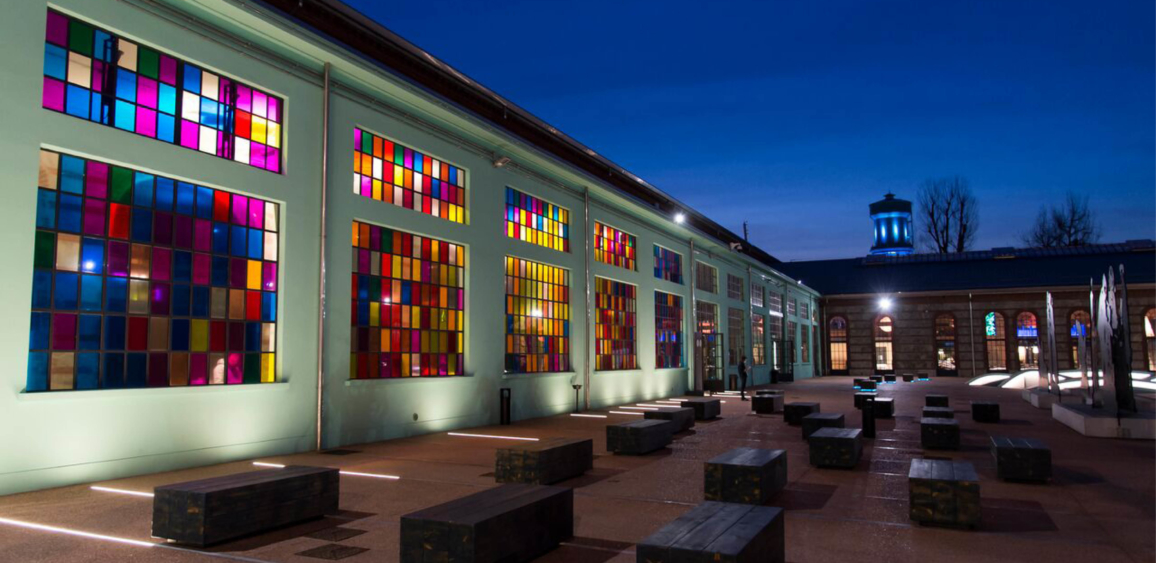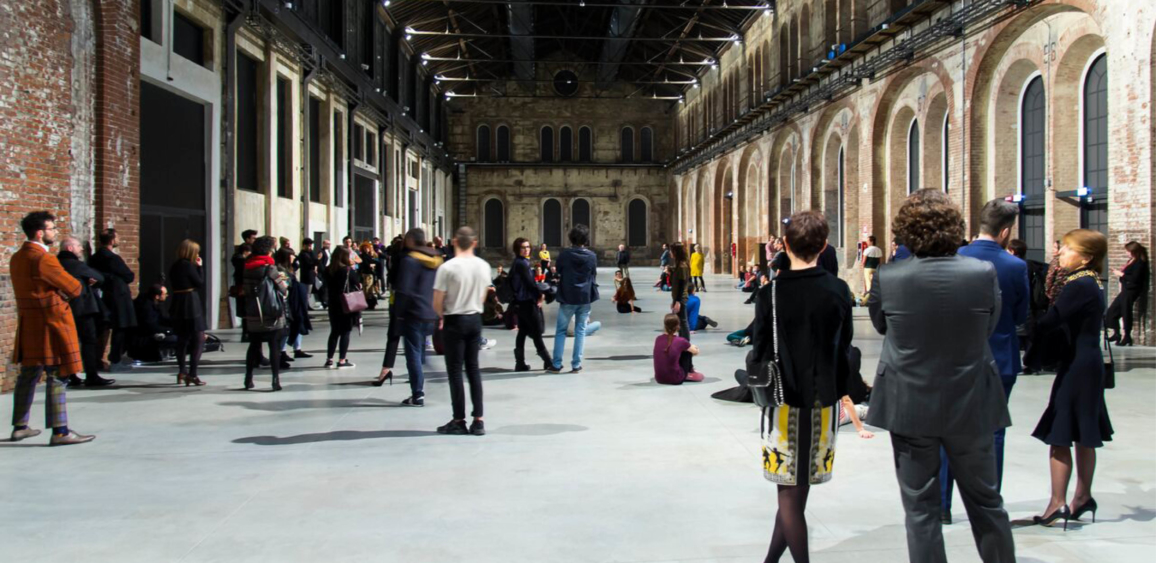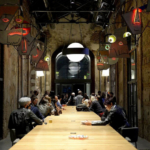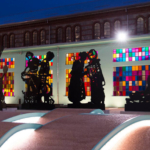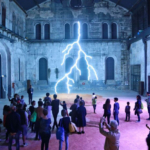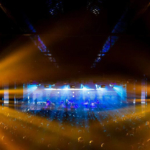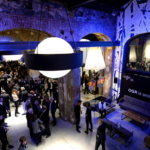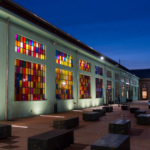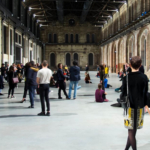On the 30th of September 2017 the OGR are reborn thanks to Fondazione CRT, which, in line with its mission of no-profit body, committed to the creation of value for the territory and the citizens, gave more than 100 million Euro for the regeneration of the area. It is the biggest investment of the Fondazione on a unique project, and one of the main example of venture philanthropy in Europe today, following a model of philanthropy 2.0. After a thousand days of work based upon environmental sustainability, flexibility, modularity and accessibility of the spaces for everyone, technological innovation respecting the history of the complex and urban regeneration with the creation of two public squares, the former Officine for the trains have become Officine for ideas, creativity and innovation with a strong international calling.
In continuity with their past, the new OGR are a laboratory where work and creativity are mixed and in which three different identities are integrated: promotion of beauty, culture and humanistic knowledge; development of innovation, research and high-tech entrepreneurship; excellence in the field of food and wine.
In a bit less than a year, 200.000 visitors entered the OGR, conquered not only by its original architecture, which has been strictly preserved (the hardware) but also because of the rich net of new artistic interventions (the software).
In this first period some site-specific works has been created by William Kentridge, Patrick Tuttofuoco, Arturo Herrera and Liam Gillick; a new exhibition project reunited for the first time under the same roof all the main museum of Turin. Artists well known all over the world like Tino Sehgal, Susan Hiller, Rokni Haerizadeh, Mike Nelson exhibited their personal work, giving an interpretation to the space and transforming it. Heterogeneous protagonists of the international music scene – like The Chemical Brothers, Kraftwerk, Kamasi Washington, New Order, John Cale, Michael Nyman – all have performed on the stage of Sala Fucine, while new and important collaboration started with festival and places of culture in Europe, from the Manchester International Festival to the Wiener Festwochen. All those protagonists, so different between each other, changed the factory in a cultural institution, while giving value the ideal qualities of a laboratory: working attitude, dynamism and taste for experimentation.
Italiano
